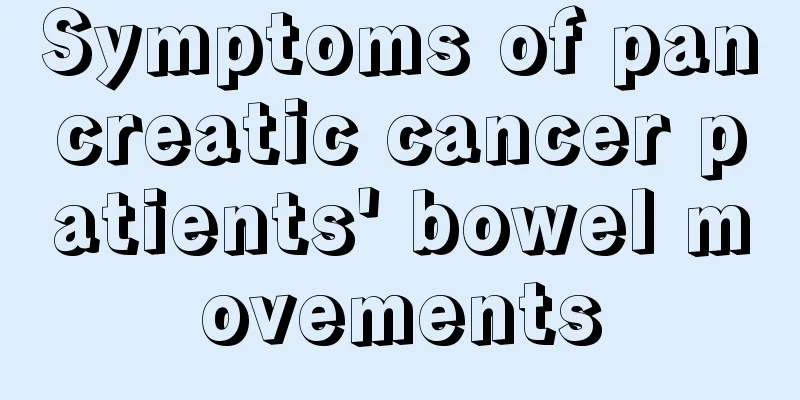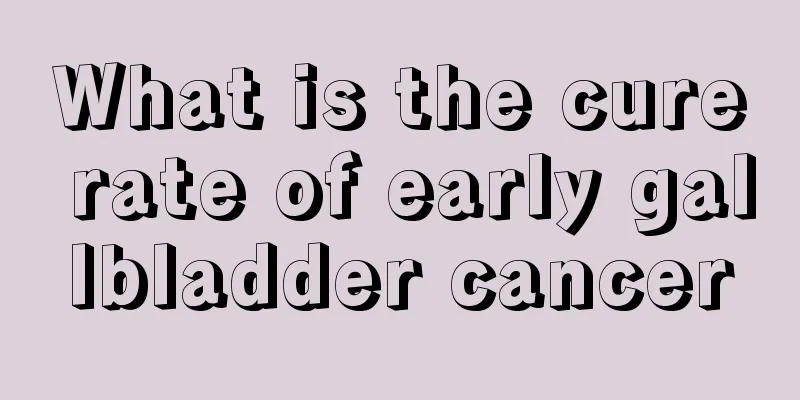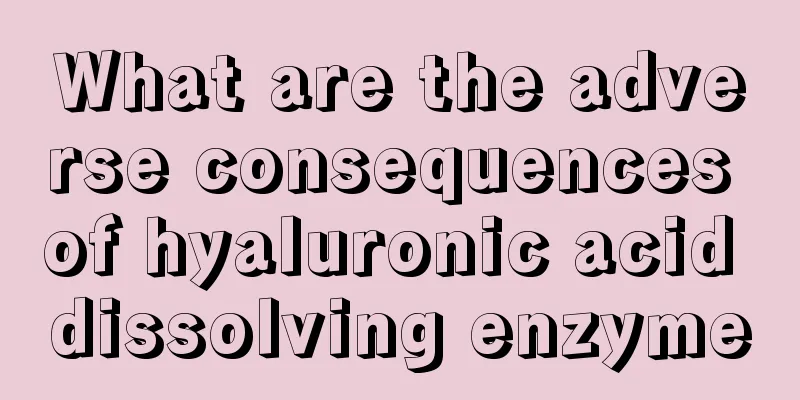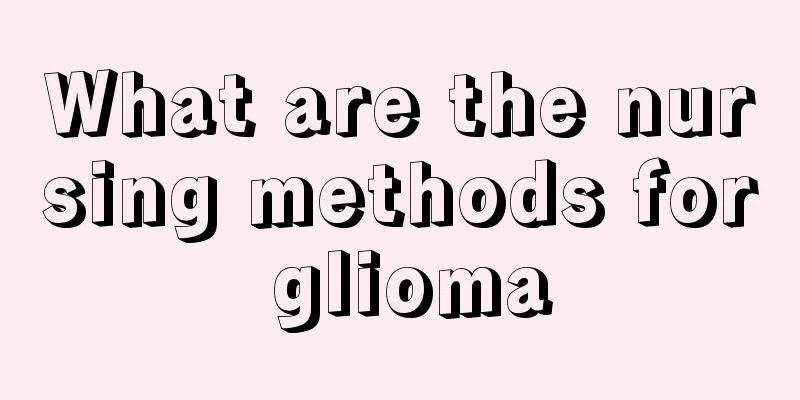What is the best way to treat liver cancer? What are the common treatments for liver cancer?
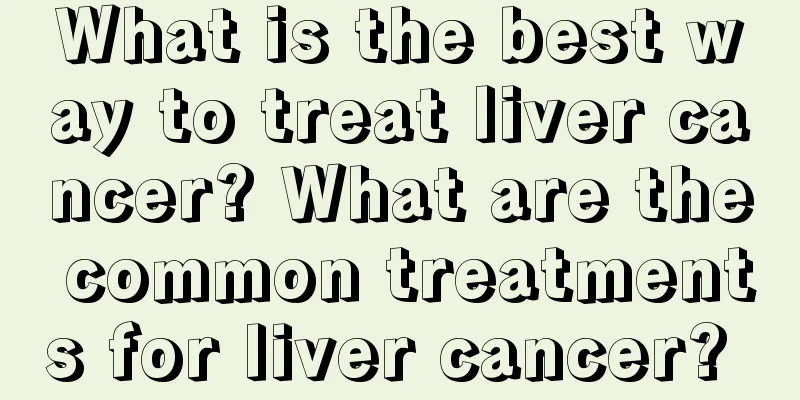
|
Treatment of liver cancer aims to eliminate the cancer, slow its growth, improve the patient's chance of survival, or control symptoms. The choice of treatment depends on whether the cancer has spread within the liver and has metastasized, the patient's overall condition and treatment preferences, and the condition of the remaining cancer-free areas of the liver. How is liver cancer treated? What are the common treatments? 1. Percutaneous ethanol injection Percutaneous ethanol injection involves injecting alcohol directly into the tumor through a simple and safe method and is particularly effective in destroying small tumors. Side effects of percutaneous ethanol injection include fever and pain after the procedure. 2. Radiofrequency ablation Radiofrequency ablation uses high-intensity radio waves or lasers through a needle inserted into the tumor, delivering enough heat to kill cancer cells. Radiofrequency ablation has largely replaced ethanol ablation. 3. Chemoembolization Chemoembolization involves injecting drugs into the liver artery that supplies blood to the tumor. The drug oil solution keeps the chemotherapy in the liver long enough to destroy the cancer cells. Chemoembolization is the main treatment for hepatocellular carcinoma, but it may also be used to slow tumor growth as patients wait for a liver transplant. 4. Radiation therapy Radiation therapy uses high-energy radiation to destroy cancer cells. Measures are taken to protect other organs from radiation exposure and treatment side effects, such as damage to the stomach and lungs. There are two types of radiation therapy used to treat bile duct cancer and hepatocellular carcinoma. Stereotactic body radiation therapy (SBRT) involves delivering high doses of radiation to the tumor while limiting the amount that reaches and damages healthy tissue. 5. Targeted therapy Targeted therapies target specific and individual genes that contribute to the growth and survival of different forms of cancer, allowing for the design of effective, more personalized treatments. Antiangiogenic drugs are the most common example of targeted therapy for hepatocellular carcinoma. These drugs work by inhibiting the formation of blood vessels, essentially starving the tumor of nutrients. For example, sorafenib is an antiangiogenic drug used to treat advanced hepatocellular carcinoma that cannot be completely removed with surgery, and its side effects include diarrhea and certain skin problems. 6. Chemotherapy Chemotherapy uses chemicals to stop cancer cells from growing, dividing, and spreading. Systemic chemotherapy involves administering drugs through the bloodstream to reach widespread cancer cells. A specific number of cycles are usually given over a given period of time, either through an intravenous line or taken orally. This is not usually used for hepatocellular carcinoma. Side effects of chemotherapy vary by individual and dosage, but include nausea, vomiting, hair loss, loss of appetite, fatigue, low blood counts, bleeding or bruising after superficial cuts or injuries, and numbness and tingling in the extremities. These usually stop once treatment is over. 7. Palliative care Palliative care aims to reduce the symptoms and side effects of treatment to improve quality of life. Palliative care can be a combination of medications, dietary changes, relaxation techniques, emotional support, and other therapies. |
<<: What are the symptoms of secondary liver cancer? How should secondary liver cancer be treated?
Recommend
What are the dangers of endometrial cancer
Gynecological diseases affect women's normal ...
Is there a difference between procrastination and laziness
Many people in their lives procrastinate when doi...
What can high-gluten flour do?
Flour is a very important food ingredient in life...
Is secondhand smoke harmful to the eyes?
Secondhand smoke is a mixed smoke that comes from...
What are the causes of rectal cancer?
Rectal cancer is one of the most common malignant...
Can Gastrodia elata and Ganoderma lucidum be eaten together
Gastrodia elata and Ganoderma lucidum are both co...
How long can tofu be kept in the refrigerator?
Tofu is a soy product rich in protein. Tofu not o...
What medicine can be taken to treat night sweats caused by kidney yin deficiency
People with night sweats due to kidney yin defici...
What are the dangers of crossing your legs
Many people like to cross their legs, but this pr...
Why is yawning contagious
Many people have noticed an interesting phenomeno...
What types of radiation protection glasses are there for children?
Radiation exists everywhere in modern life, so th...
What kind of face shape is it with a small forehead and a big face
This type of face with a small forehead and a rel...
How to make tea from mulberry leaves
Mulberry leaves are very familiar to us. Mulberry...
What is liposome
We all know that animal fat has a particularly go...
Detailed analysis of the methods for diagnosing prostate cancer
Among cancer diseases, prostate cancer is a relat...
